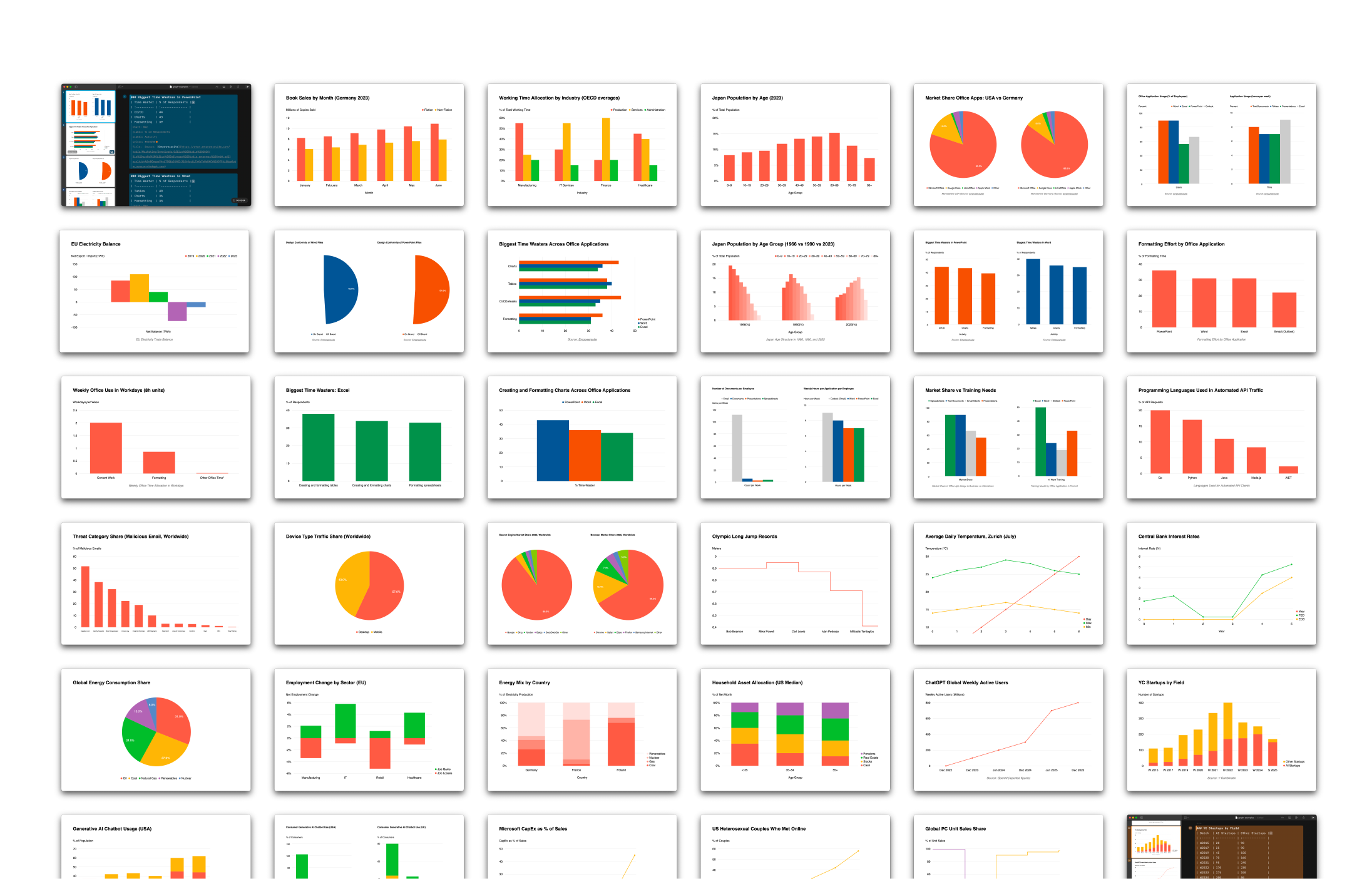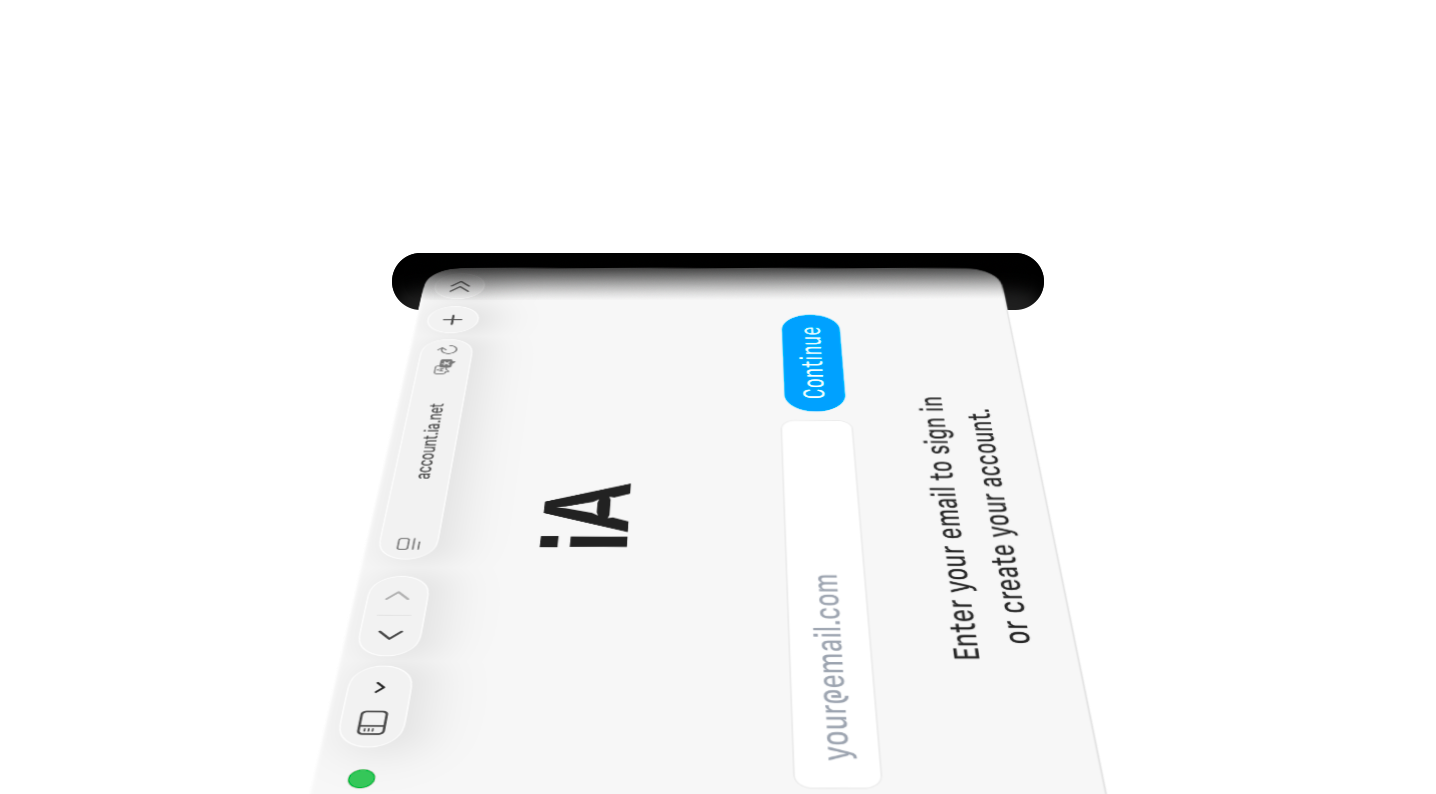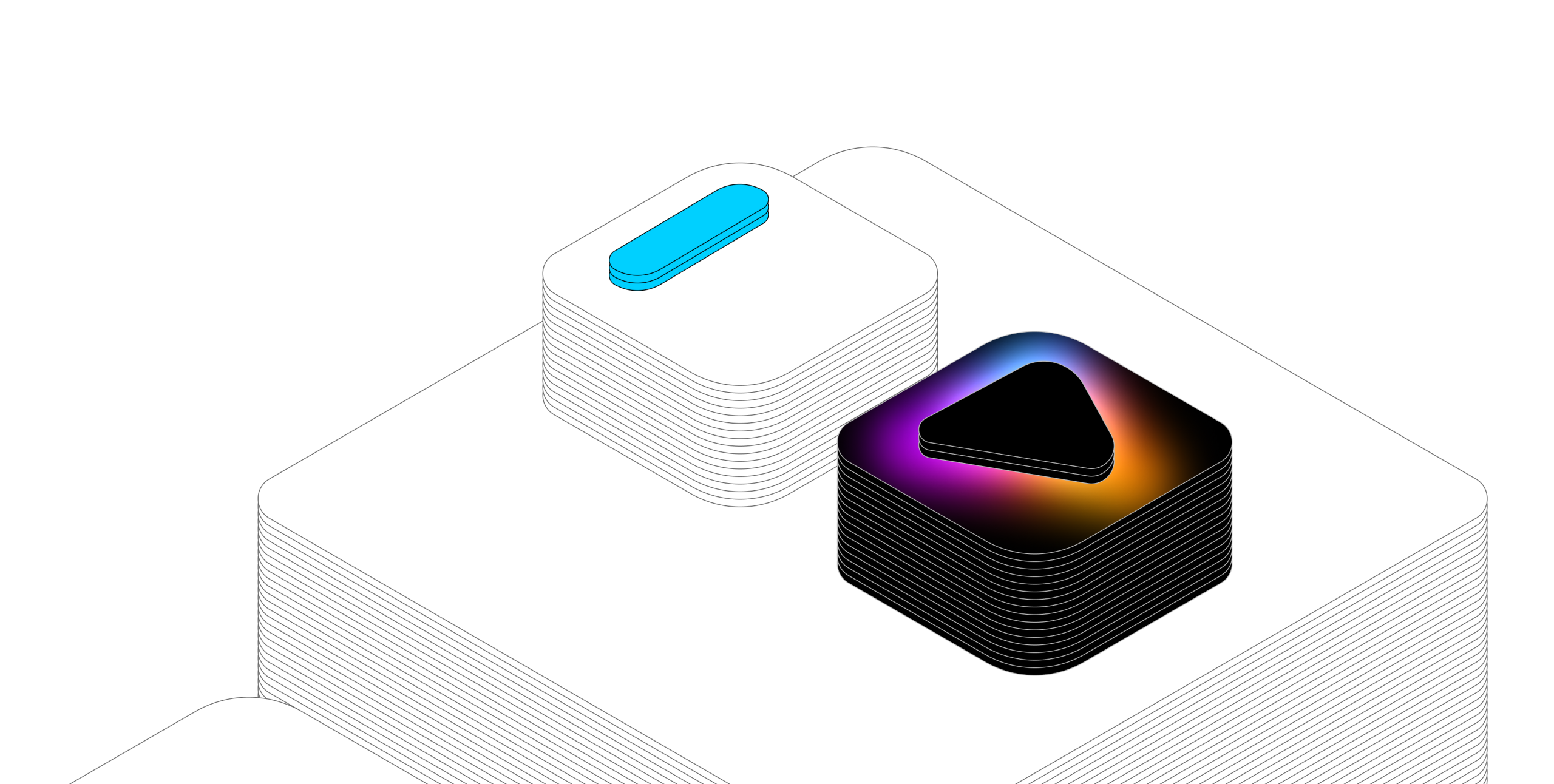We decided to sell the WordPress template of our own site. The problem we had to solve was not “why?” but “how much?” After a long debate we decided to try something new: dynamic pricing. Here is how it works: start selling at the lowest price you’d go for. If sales increase at a steady clip, the price goes up. If you find sales slowing, bring the price down. Smart or silly? Let’s see.
The fact that you spend time creating and prepping your product for public release is not enough reason to ask for money. After all there is a lot of free stuff out there that needed packaging and development. No one really cares how much time you spent creating your product. You can only sell digital goods that:
- result in a clear financial profit for your customer,
- save your customer a lot of time, or
- are a lot of fun
In our case 1 and 2 clearly apply. Also, after announcing the intention to sell our template we got quite a few impatient requests (about 30), which is a good sign. The question remains: How much? So let’s look at the pricing logic…
How Much?
The question “How much are people willing to pay?” is really: “How much money are people ready to risk to potentially make/save more money in return?” I figured USD $99 is a pretty fair price as you’d easily have to pay a hundred-fold for a custom WordPress template of similar quality. But then again, for private use $99 seemed high.
How much are other comparable WordPress templates? Many are around USD $60, some are higher, but few are made by known web designers with a track record. In other words, few come with a sweet brand.
Common wisdom is to add features and price it close to a similar product. For software this translates into: make it easier to use and price it close to a similar product. “Close” means: find a psychologically more interesting number.
What if we simply admit that we don’t know how much? Given that the demand-supply logic doesn’t work for digital goods, what about a new pricing model, where demand literally dictates price?
Dynamic Pricing!
I figured that I should sell the template at maximum profitability, which means: sell as many as possible at as a high a price as possible. Maybe the right price is three Dollars, maybe it’s 600. If I sell 10,000 at USD $3 per month it’s way better than selling 10 at USD $99. Where is the sweet spot? Let’s look at some parameters:
- Given that the digital products have almost no marginal (distribution or packaging) costs, we should aim for a big number
- Apparently, the rule of thumb for online sales is that 5% of your online visitors can be turned over if you have a really sweet offer
- Given that we have roughly 5,000 visitors on our site per day, and we put the sales button on every page, the maximum we’d sell is 250 a day
I’m sure that we could get 25 per day if we offered it for free. But this is not about marketing iA, but finding a new way to sell digital goods. Hmm… Is there a way to test the price? What if…
- We start selling it at USD $33—the lowest price we’d go for right now
- If sales increase at a steady clip, the price will go up
- If we find sales slowing, we bring the price down
So here you go: Dynamic pricing. Might be the most ridiculous idea in the history of e-commerce. I’m also pretty sure someone tried this before. But I couldn’t find any reference to this kind of model. Even if there were any references, I want to see with my own eyes how this plays out. If you’re interested, there is more information on the iA³ template [offline].
What about Losing Uniqueness?
Oh and what about losing the uniqueness of iA’s design by giving our own design away? Think about it. Visual uniqueness is overrated. And if you use our template: We’re the original, you’re the copy. As long as you don’t act like us, pay for your copy, and acknowledge that we’re the author I have no problem whatsoever with spreading good web design.








